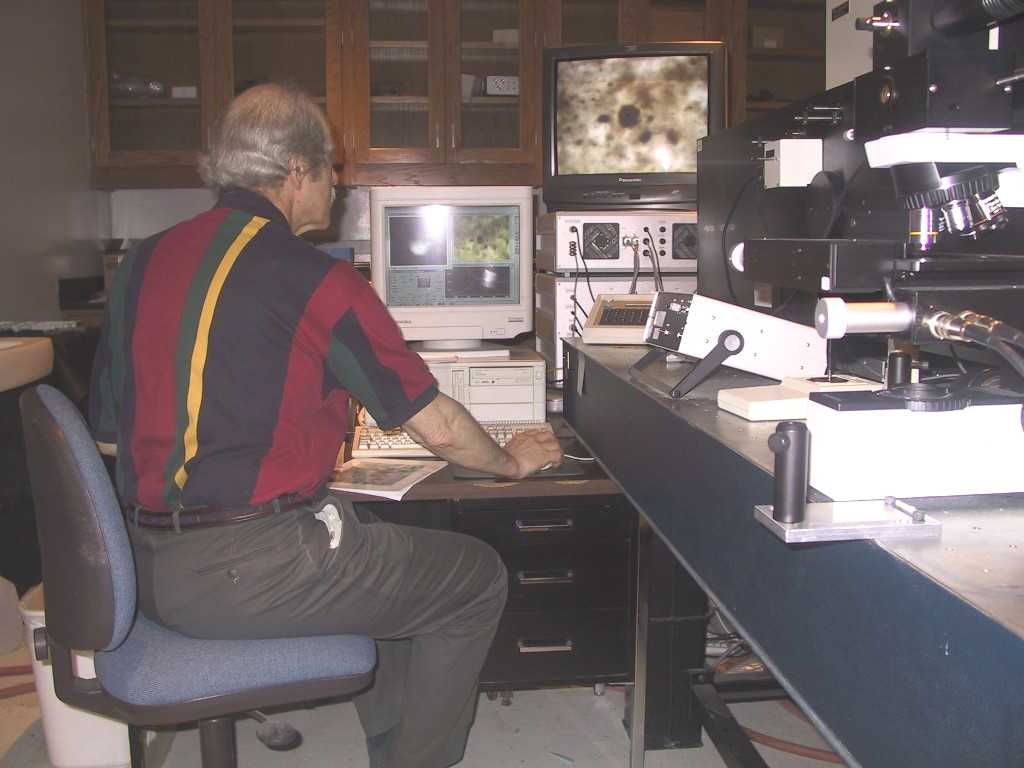SIGNS OF LIFE IN THE WORLD'S
A team of
UAB physicists, along with paleobiologists at the 'University of
California, Los Angeles (UCLA), have identified organic remains of Life
that existed on Earth 3.5 billion years ago. Details of the discovery
were published in the March 7 issue of the scientific journal Nature.
OLDEST
FOSSILS
This pushes back by a billion years the prior definitive evidence of the earliest life on earth," says astrophysicist Thomas J. wdowiak, Ph.D. He and physics professors Anitohy B Kudryavtsev, Ph.D., and David Agresti, Ph.D., worked with UCLA professor bill Schopf, Ph.D., and his student Andrew D. Czaja to identify the remains, using UAB's unique laser-Raman imaging system.
The laser-Raman spectrometer was designed to address the question of the existence of life elsewhere in the solar system. Kudryavtsev used the instrument to measure the molecular vibrations of microscopic, fossil like structures that were found in 3.5 billion-year old rocks from Western Australia. "He found tell-tale signs of the remains of organic material, proving that these structures were once living microbe, says Agresti. Schopf had discovered the fossils in the samples (now housed in the collection of the Natural History Museum in London) some 10 years ago. "The ability to see what is inside ancient fossil microbes has been sought by palaeontologists for decades, says Agresti. "Finally, UAB's 'Raman eyes' have achieved this."
"It confirms that what looked like fossils of ancient life are indeed the remains of very ancient microbes, "Wdowiak says, "Much as coal is the remains of ancient plants. The main difference is that, whereas coal is millions of years old, the microbial remains are billions of years old."
